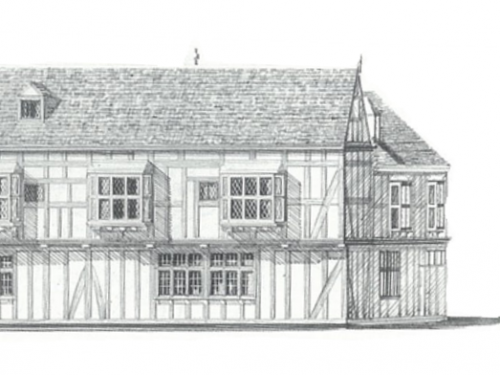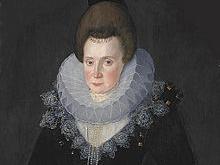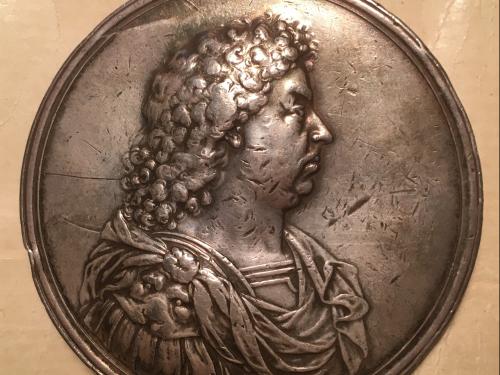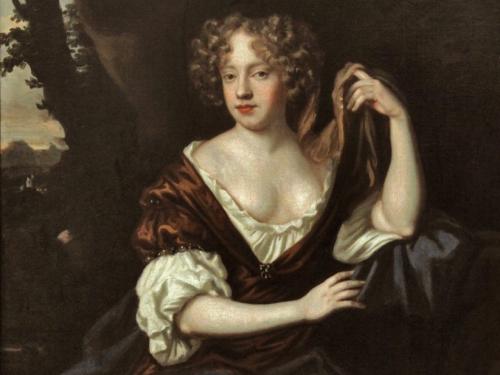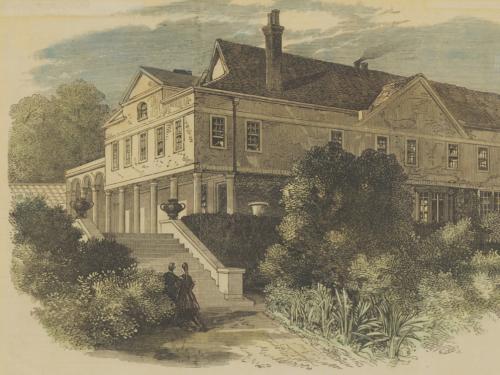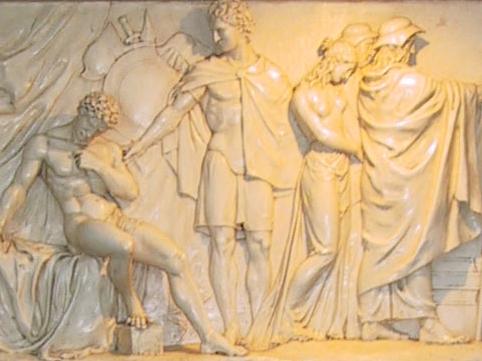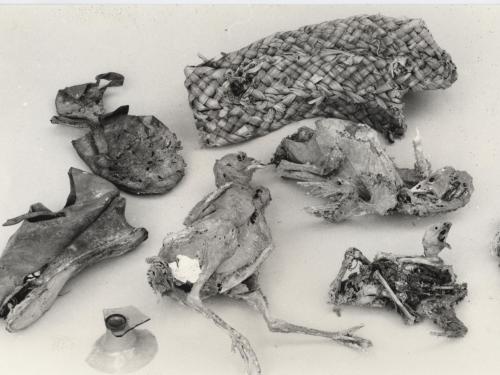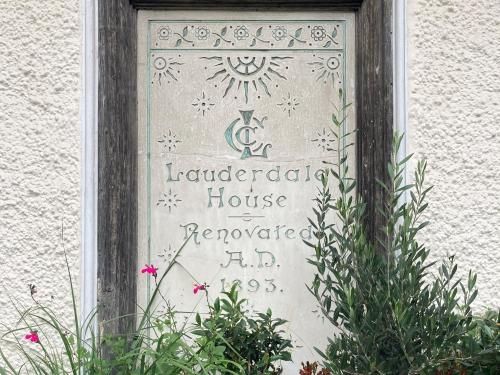The original house was built in 1582 for Sir Richard Martin – The Master of the Mint and three times Lord Mayor of London - and his wife, Dorcas Martin, writer, publisher and translator. Over the next 60 years, it was lived in by various individuals until Mary, Dowager Countess of Home, bequeathed it to her daughter Lady Anne Home, wife of the Scottish Royalist John Maitland, the 1st Duke and 2nd Earl of Lauderdale thus beginning the connection with the name.
In 1649 political pressure following the Civil War forced the Earl of Lauderdale to give the House to John Ireton, brother of Cromwell’s son-in-law General Henry Ireton. Ireton lived here until the Restoration, when Lauderdale, who had been imprisoned for his Royalist activities, was released and it was Ireton’s turn to become a prisoner. Forbidden to own property, he tried to sell the house, but a legal wrangle ended in its being returned to Lady Anne Home. The Earl of Lauderdale was a member of the CABAL and therefore a key advisor to Charles II whose mistress Nell Gwynn, lived here for a short time with their infant son, the Duke of St. Albans.
Upon the death of Lady Anne Home, the house passed to her daughter, who was bought out by German Ireton, John’s son, who sold it to William Mead in 1677. Mead was a prominent member of the Quaker movement and held frequent meetings at Lauderdale House, to which he made many improvements.
Over the next century the House changed hands many times, being described by John Wesley, who preached here in 1782, as “one of the most elegant boarding houses in England”. Later it became one of the many private boarding schools in Highgate, reverting to a private house again in the early 19th Century, when it was radically altered both inside and out.
Lauderdale’s last private owner was Sir Sidney Waterlow, another Lord Mayor of London, and he leased it for a time to St Bartholomew’s Hospital as a convalescent home. By 1887 the House lay empty, so in 1889, Sir Sidney gave the house and grounds to the London County Council “for the enjoyment of Londoners”. The 29 acres of land then became a public park and the House was restored in 1893 to serve for 70 years as a Park tearoom and park-keepers’ flats. Sadly, during the course of further renovation in 1963, a fire broke out, destroying the roof and much of the interior of the House.
After 15 years of lying derelict, the local community established Lauderdale House Society, the charity which now runs the House. In 1978, after much fundraising and lobbying, the ground floor of the House was opened by Yehudi Menuhin as an arts and education centre.
Classes, exhibitions, fairs, music events and a café were introduced and slowly the House came alive. People started to celebrate their weddings, anniversaries and birthdays here, and a new fundraising campaign meant that the damage to the first floor could be repaired. Accordingly the Long Gallery, part of which was once referred to as the ‘King’s Chamber’ was opened to the public in 1996, enabling us to host more events.
In 1998 we began our first outreach programme with local primary schools which was followed by creative projects with a range of partners including Great Ormond Street and Evelina Hospitals, local community centres, major music colleges, local nurseries, Age Concern, Pride and University of the Third Age.
Over the following decade it became clear that the House was not only straining at the seams to accommodate all this activity but that the infrastructure and building were in need of major refurbishment. And so, Lauderdale Transformed was born, an ambitious project to transform the building itself and introduce a new heritage and arts driven outreach project called Opening the Doors.
It took almost 10 years to develop the project, raise the money and finally do the work but after a 15 month closure we re-opened in a beautifully refurbished and transformed building in December 2016. This was only possible thanks to the help of major funders including The Heritage Lottery Fund, Camden Council, John Lyon’s Charity, Garfield Weston Foundation, City Bridge Trust and the Foyle Foundation plus over 400 people who made personal gifts ranging from the contents of their penny jar to four figure sums.
Beautiful decoration, new wiring and plumbing, new lighting, a lift and new accessible entrances, a brand new internal courtyard and conservatory and accessible toilets and baby change have all combined to make sure the House is now buzzing with activity which changes from hour to hour. We want as many people to enjoy this amazing building as possible and are working hard to create free events, tell the stories of our special heritage and reach out beyond our four walls through Opening the Doors.
